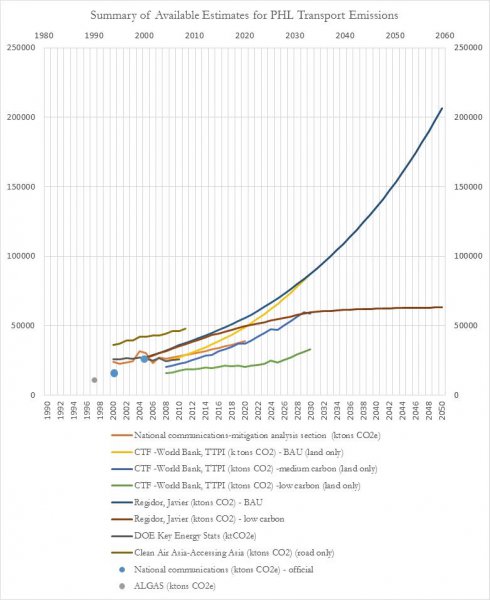Measuring, reporting and verifying emissions in the transport sector
While the transport sector is a key promoter of development and economic growth, it also causes significant GHG emissions. Therefore, it is crucial to address the transport sector when planning or implementing mitigation action. But how to assess the impact of transport based mitigation efforts?
UN shipping chief: Climate change is ‘top priority’
The International Maritime Organization is set to consider an emissions target in April, says newly appointed head Kitack Lim
Paris to Stop Traffic for A Day to Tackle Climate Change
The Mayor of Paris has announced the campaign, “Une Journée Sans Voiture” – “A Day Without Car,” to stop traffic in the city on September 27th as an action to tackle pollution and climate change.
The campaign serves as a significant example to respond to the UN Secretary-General Ban Ki-moon’s call to “reshape the world’s transport systems for a cleaner, safer and more sustainable future.”
Case Study Highlights Transport Sector's Contribution to Achieve Energy Efficiency and Compact Cities Development
The New Climate Economy has officially launched a case study, India: Pathway to Sustaining Rapid Development in a New Climate Economy (Conference Draft).
INDCs of Morocco and Ethiopia Propose Actions on Transport
In preparation of COP 21, countries have agreed to publicly outline their post-2020 climate action plans, known as their Intended Nationally Determined Contributions (INDCs).
Emission Scenarios for the Philippines’ Transport Sector: Overview of Existing Studies
 Understanding uncertainties and different outcomes for GHG emission scenarios by various studies is important for gaining insight in the transport sector’s role in climate change mitigation. This is useful for example in the context of the Intended Nationally Determined Contributions, that some countries are expected to communicate to the UNFCCC in 2015.
Understanding uncertainties and different outcomes for GHG emission scenarios by various studies is important for gaining insight in the transport sector’s role in climate change mitigation. This is useful for example in the context of the Intended Nationally Determined Contributions, that some countries are expected to communicate to the UNFCCC in 2015.
